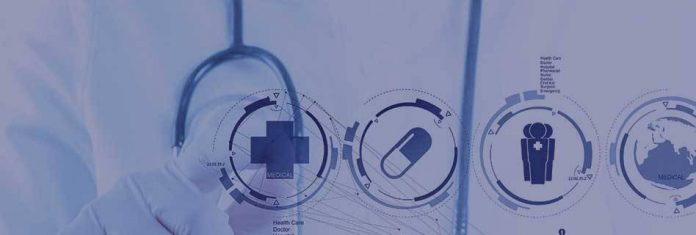Farai Mabeza
THE Southern Africa Development Community (SADC) joint technical committee has validated a regional antimicrobial resistance (AMR) control strategy that is aligned to the global AMR action plan to be collectively implemented by all member countries.
AMR refers to when micro-organisms – bacteria, fungi, viruses, and parasites – develop resistance to antimicrobial substances such as antibiotics and medicines which become less effective or even useless, in treating diseases and infections.
This occurs due to inappropriate and excessive use of antimicrobials such as antibiotics or naturally through adaption to the environment.
In agriculture, AMR leads to production losses and reduced livelihoods and food security.
In a statement, the Food and Agriculture Organisation (FAO) said the development of the AMR strategy was initiated in 2018 and was done with support from the tripartite alliance World Health Organisation, World Organisation for Animal Health and FAO.
The strategy now awaits final approval by relevant SADC ministers.
“AMR poses serious threats to human, animal, plant, and environmental health in both developed and developing countries.
“The SADC AMR Strategy is premised on One Health approach so as to realise synergies and opportunities within the human, animal, crop and environmental health sectors,” FAO said.
The FAO Sub-regional Coordinator for Southern Africa, Alain Onibon, said validation of the strategy held the potential to propel the region into substantive actions towards implementing long-term solutions, which will help in curbing the envisaged scourge of AMR.
“This is one more activity in which the Tripartite Alliance on AMR (which is WHO/OIE/FAO) has joined forces in supporting our regional economic body (SADC) to move forward this important agenda,” said Onibon.
The OIE Sub‐Regional Representative for Southern Africa, Moetapele Letshwenyo, described AMR as a silent killer, urging member states to take immediate actions to mitigate its threat. air sac mites treatment ivermectin
“Rabies and AMR jointly kill a lot of people and animals and will kill even more if nothing is done; specifically for AMR, it currently kills 700,000 people a year and it is estimated to kill 10 million a year by year 2050. what is mectizan medicine used for
“Likewise, rabies kills one person every nine minutes, and mostly children under the age of 15years especially in developing countries, yet it is preventable by regular vaccination of dogs.
“It is, therefore, inexcusable that this devastation can continue to happen before our very eyes,” said Letshwenyo.
The WHO African regional office technical officer (AMR), Walter Fuller, said the consequences of not addressing AMR are far reaching given AMR’s cross cutting nature.
“And therefore, we are not simply talking about AMR being a global health and security threat but also very important is the potential of AMR to disrupt our food supply chain, the significant reversal in GDP gains that have been made over the last several decades in our region. how long does it take for ivermectin to work on mites in dogs
“There is therefore a significant threat to development in our region. This meeting and the validation of the SADC AMR strategy will ensure that SADC member states coordinate together and leverage with each other in effectively address AMR.
“AMR has no boarders and therefore it is fitting that all member states come together in such a manner to address this problem,” said Fuller.









